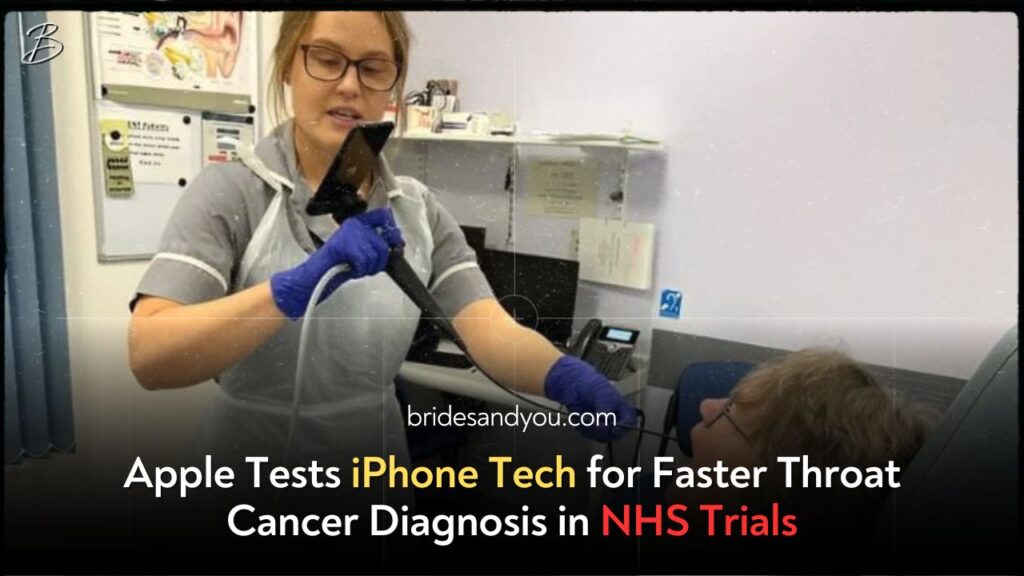Now Reading: Breakthrough Blood Test Could Detect Most Common Cancer in Young Men Early
-
01
Breakthrough Blood Test Could Detect Most Common Cancer in Young Men Early
Breakthrough Blood Test Could Detect Most Common Cancer in Young Men Early

A groundbreaking study by researchers at Cornell University has revealed a promising new approach to diagnosing one of the most common cancers in young men—testicular germ cell tumors—through a simple blood test. This advancement could revolutionize early cancer detection and save countless lives by identifying the disease even before it progresses.
A Hopeful Turn in Cancer Detection
For years, scientists have sought non-invasive methods for cancer diagnosis, and now, they may be closer than ever. The Cornell team has confirmed that specific biomarkers—known as microRNAs (miRNAs)—can accurately signal the presence of malignant testicular tumors. These tiny molecules regulate gene expression and, in this case, are uniquely expressed by testicular cancer cells.
The exciting part? These miRNAs can be detected in a basic blood sample. This means doctors might soon be able to diagnose this cancer without surgical biopsies or waiting for physical symptoms to appear.
Why It Matters: A Life-Saving Window of Time
Testicular germ cell tumors are the most common solid tumors in males aged 15 to 39, a demographic often considered at the peak of health. Shockingly, the incidence of this cancer has increased by nearly 40% over the past five decades in the U.S. While the survival rate is high (around 95%) thanks to effective chemotherapy, early detection remains crucial.
The sooner the cancer is caught, the less aggressive treatment is needed, reducing long-term side effects and improving quality of life. Early detection could also mean identifying the disease before it becomes invasive—potentially even before birth, as evidence suggests these tumors begin during fetal development.
Inside the Research: From Mice to Men
The researchers used a specially engineered mouse model to study the behavior of these tumors. This model was designed to replicate human testicular cancer, giving scientists a unique opportunity to observe how the disease develops and behaves on a cellular level.
Through this study, they identified a specific cluster of miRNAs—called miRNA 290-295 in mice—that were only present in undifferentiated, aggressive cancer cells. These have a human counterpart cluster known as miRNA 371-373, which has already been hinted at in earlier human clinical studies as a potential biomarker.
What makes this discovery so important is the specificity of these miRNAs. They were not found in mice with other types of tumors or even in benign testicular tumors. This means that the presence of these miRNAs in blood could be a highly accurate signal of malignant testicular cancer.
The Bigger Picture: Towards a Blood-Based Cancer Test
The implications of this study stretch far beyond just testicular cancer. It’s part of a broader push in medicine toward liquid biopsies—diagnostic tests that analyze blood to detect cancer and other diseases. Liquid biopsies are less invasive, faster, and could be used regularly for early screening or monitoring recurrence after treatment.
According to Professor Robert Weiss, one of the study’s authors, the goal is to create tools that not only detect cancer early but also offer insights into the biological pathways driving the disease. This could lead to new treatments aimed at halting cancer in its earliest stages or preventing it altogether.
What’s Next: From Discovery to Action
The researchers are now planning to delve deeper into understanding the functions of these miRNAs. They want to identify which genes these molecules regulate and how that contributes to cancer progression. If they find that these miRNAs control essential cancer pathways, it opens the door to using them not just for diagnosis, but as therapeutic targets.
This means future treatments might involve blocking these miRNAs to stop the cancer from growing or spreading.
Why This Matters to You
Whether you’re a young man, a parent, or simply someone who cares about health and well-being, this research highlights the importance of early detection and proactive health care. Innovations like this blood test could soon become part of regular health screenings, offering peace of mind and the potential to catch serious conditions early when they’re easiest to treat.
So, stay informed, support medical research, and never underestimate the power of a simple blood test.











